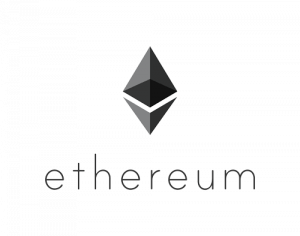Explaining One of Ethereum’s Problems through the Prisoner’s Dilemma.
 https://twitter.com/CarpeNoctom/status/1027218329688305665
https://twitter.com/CarpeNoctom/status/1027218329688305665
(Note, while this is a tweet, this is related to work I did this summer at Cornell Tech and this data is all correct and I verified the numbers. The man who tweeted this is reputable in the cryptocurrency community and even has a follow from Cornell professor Emin Gun Sirer.)
This link shows a random sampling of ICO contract balances on the Ethereum network. To break down the statement down, ICO stands for Initial Coin Offering, a term for a novel kind of fundraising technique used in the cryptocurrency space to raise capital for a new blockchain token. Ethereum is a cryptocurrency whose main feature is being able to create smart contracts, pieces of code running on the Ethereum blockchain that execute code that operates on money in the Ethereum network. There are many applications of this concept of code as law, where the code of a contract is legally binding on the network, which allows for interesting applications.
In this case, smart contracts are used for ICOs to fundraise money and the transparency of the Ethereum blockchain allows for investors to not only invest, but be able to know exactly what is being done with their money. Now, many of these contracts have yet to cash out the money they have raised. This leads to a few interesting economic issues, when (at least) 3.4% of the liquid monetary supply in the Ethereum network is tied up these ICO smart contracts. For most of these contracts, their code allows the companies behind them to sell the cryptocurrency inside them at any time.
This situation is very interesting because it is an example where many of the assumptions of game theory that normally are approximations of the real world actually hold quite closely to the situation at hand. On the blockchain, “moves” happen once every 15 seconds in discrete time intervals, so strategies very much can be played simultaneously. Each player (in this case being a company controlling a smart contract behind an ICO,) can see the code behind each of their competitor’s contracts, their account balances, and their moves when they make them. In this way, the whole ICO network is a game where players can move simultaneously and players know the full range of strategies available to their opponents.
For the past few months, none of these contracts have liquidated their assets, showing that this game is in a sort of equilibrium at the moment. One can model this situation as a very large prisoner’s dilemma. Each player (smart contract) can liquidate or not liquidate the tokens in their contract to gain a large amount of USD (a significantly more fungible and valuable asset.) However, because of the large volume of money contained in each contract and the relatively small liquidity of Ethereum exchanges, liquidating a contracts assets runs the risk of causing a panic and crashing the price of Ethereum. They also run the risk of causing all the other contracts to liquidate to extract some value from a crashing market.
Traditional game theory predicts that all contracts would liquidate their assets, seeing as liquidating all assets probably give better outcomes. However, this has clearly not happened. Reality seems to factor in that many of the companies running these contracts have a vested interest in maintaining the price of Ethereum so that they can have a higher “on-paper” value of their holdings. Thanks to other, external incentives, this theoretical prisoner’s dilemma does not collapse to its expected outcome that is worse for all parties involved, and is part of the complex network of incentives propping up the value of the Ethereum ecosystem.
